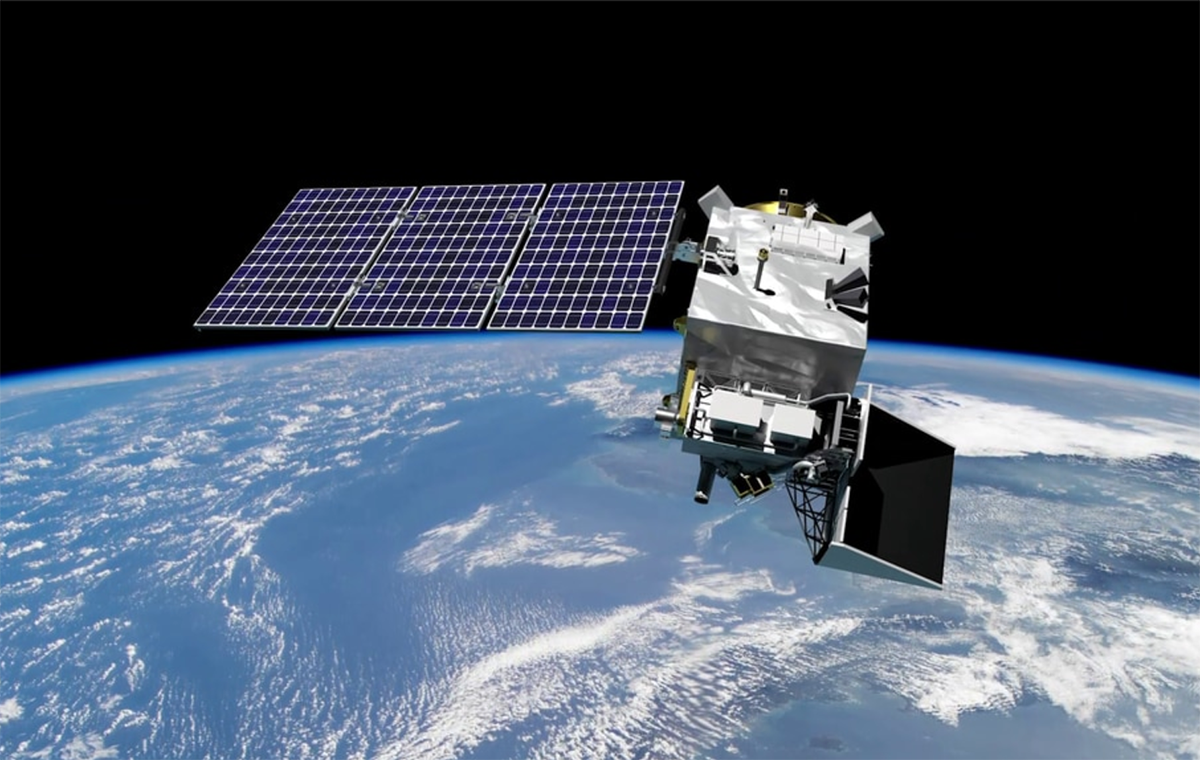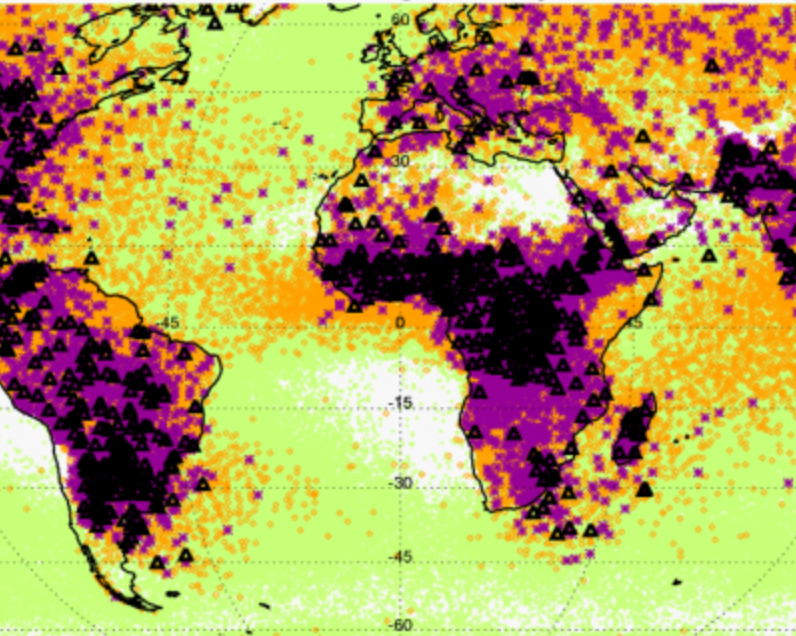Missions & Projects
Alphabetical
By Last Name:
Displaying records 1 to 6 of 6.
Show:
Goddard Institute for Space Studies (GISS) ModelE
The current incarnation of the GISS series of coupled atmosphere-ocean models is now available. Called ModelE, it provides the ability to simulate many different configurations of Earth System Models - including interactive atmospheric chemsitry, aerosols, carbon cycle and other tracers, as well as the standard atmosphere, ocean, sea ice and land surface components.

International Satellite Cloud Climatology Project (ISCCP)
ISCCP was established as part of the World Climate Research Programme to collect and analyze satellite radiance measurements to infer the global distribution of clouds, their properties, and their diurnal, seasonal, and interannual variations. The resulting datasets and analysis products are used to improve understanding and modeling of the role of clouds in climate, with the primary focus being the elucidation of the effects of clouds on the radiation balance. The Global Processing Center for ISCCP is located at the NASA Goddard Institute for Space Studies.

NASA Sea Level Change Team (N-SLCT)
The NASA Sea Level Change Team supports the transition from observations of the Earth and cutting-edge scientiific research to actionable knowledge for coastal communities and planners. By targeting and organizing around this flow of information, the team works to support transformative advances towards better preparedness and resilience both in the United States and across the globe.

PACE Postlaunch Airborne eXperiment (PACE-PAX)
PACE-PAX is a field campaign to support validation of PACE data products following launch. Validation requires a strategy of varied and extensive measurements, as discussed in the PACE Science Data Product Validation Plan. PACE-PAX is one component of the PACE validation plan, specifically addressing validation of new data products. Because these products are often the result of multi-parameter retrieval algorithms, focused and extensive measurements will be made as part of a dedicated field campaign. This campaign will use a robust suite of instruments deployed on aircraft, which will fly in coordination with ground and ocean-based observations and the PACE satellite overpass. It will be conducted roughly six months following the launch of PACE.
Key Staff
- Principal Investigator: Kirk Knobelspiesse
- Deputy Project Scientist: Ivona Cetinic

Plankton, Aerosol, Cloud, ocean Ecosystem (PACE)
PACE is NASA's Plankton, Aerosol, Cloud, ocean Ecosystem mission. It launched on February 8, 2024, extending and improving NASA's over 20-year record of satellite observations of global ocean biology, aerosols (tiny particles suspended in the atmosphere), and clouds.
Key Staff
- Ocean Color Atmospheric Correction Lead: Amir Ibrahim
- Science Data Segment Deputy Manager: Sean Bailey
- Science Data Segment Manager: Bryan Franz
- Polarimeter Lead: Kirk Knobelspiesse
- Project Scientist: Jeremy Werdell
- Deputy Project Scientist: Brian Cairns
- Deputy Project Scientist: Antonio Mannino
- Instrument Scientist: Gerhard Meister
- Senior Scientist: Violeta Sanjuan Calzado
- Senior Scientist: Susanne Craig
- Senior Scientist: Ivona Cetinic

Precipitation Measurement Missions (PMM)
NASA’s Precipitation Measurement Missions – TRMM (1997–2015) and GPM Core Observatory (2014–present) – provide advanced information on rain and snow characteristics and detailed three-dimensional knowledge of precipitation structure within the atmosphere, which help scientists study and understand Earth's water cycle, weather and climate.
